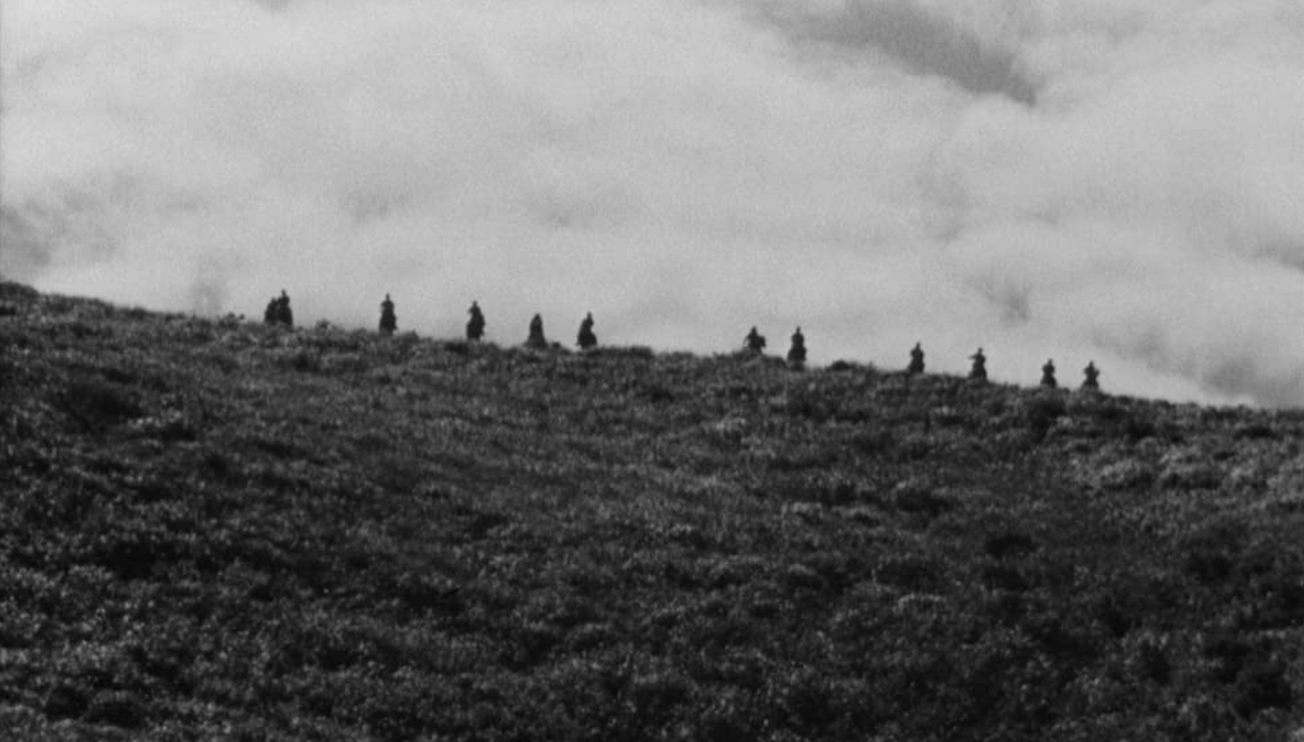By Charlie Wilbraham, Sports Investigations Editor
When attempting to convey the significance of a universally lauded and historic piece of art, it is all too easy to slip into hyperbole and cliché. Akira Kurosawa, seen by many as the father of modern cinema and by some as the greatest ever filmmaker, has produced many such pieces of art through his varied career that spanned 57 years and included classics such as Ran and Rashomon, whilst gaining Western mainstream recognition rare for the East Asian masters with his 1990 Lifetime Achievement award at the Oscars.
Perhaps none of his films, however, had an impact which resonated quite like his 1954 masterpiece Seven Samurai, currently showing at Bristol’s Watershed as part of the BFI’s ‘Japan 2021: 100 Years of Japanese Cinema’. It is a film that can only be described through hyperbole; an epic story with huge scope which is nonetheless told with relatability, unique characters, and some of the most breath-taking yet purposeful cinematography ever put to film.
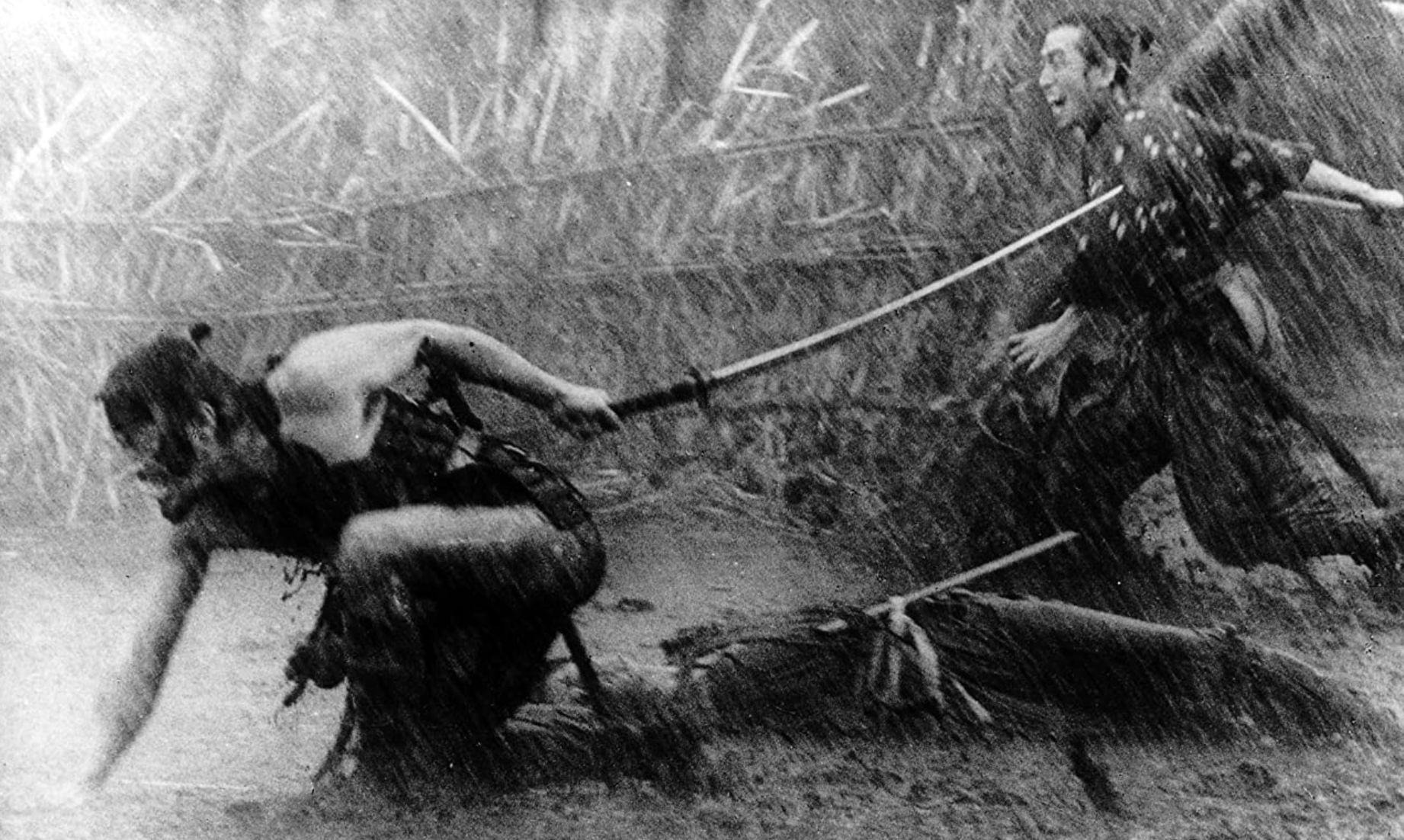
Released in 1954 during the golden era of American Westerns, the film is itself a Japanese take on the genre with aspects of Hollywood inspiration clearly visible in the drama and style of its ‘Heroes vs. Villains’ basis. Alongside long-time collaborators Shinobu Hashimoto and Hideo Oguni, Kurosawa devised a screenplay that drew from this inspiration as well as research into the world of war-torn 16th century Japan that provided the setting. He created a timeless story which not only holds up to this day, but continues to inspire modern films from Star Wars to Ocean’s Eleven and A Bug’s Life.
the three-and-a-half-hour runtime is filled with such emotion, majesty, and movement that at no point does its length feel like a chore
With a brief description, the plot may seem a little played out to some: villagers tired of being persecuted and pillaged by a murderous troupe of bandits turn to a small band of highly-trained fighters for protection – training, preparation, and the establishment of motives and stakes culminate in a grand and violent finish.
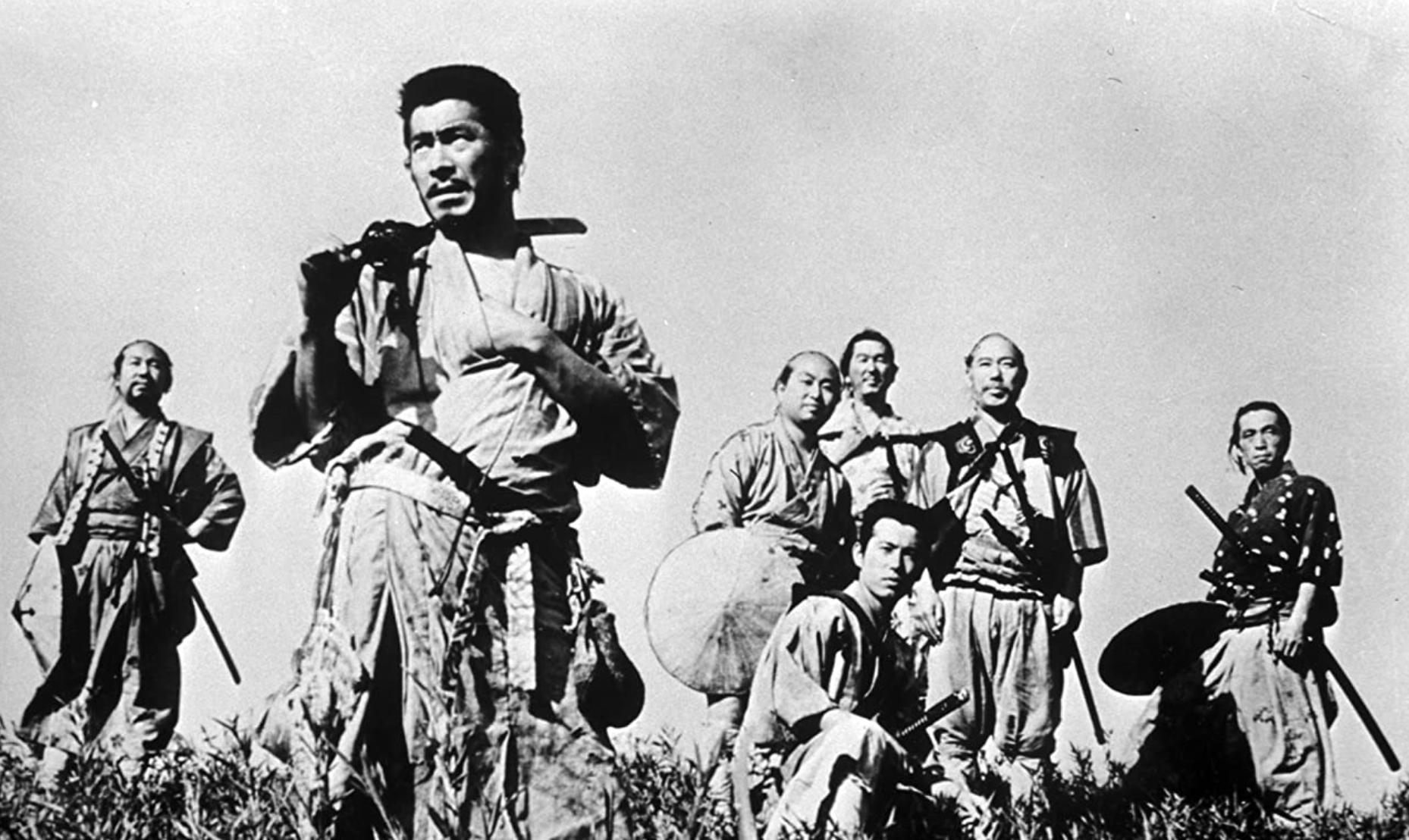
If this seems worn out, it is because the multitude of similar Western-made action films of the past 60 years have been made by those to whom Kurosawa is a figure of worship. When the band’s world-weary leader Kambei is introduced to the audience by performing a selfless and heroic act, we see what some attribute as establishing the action trope of a protagonist’s first appearance onscreen asserting their unflappable and incorruptible status through a random act of heroism. Similarly, following the villagers’ request for help, an hour of the film is taken up with the assembly of our seven heroes who are found in situations that reflect their character, a trope which would be emulated in countless ensemble-led action films.
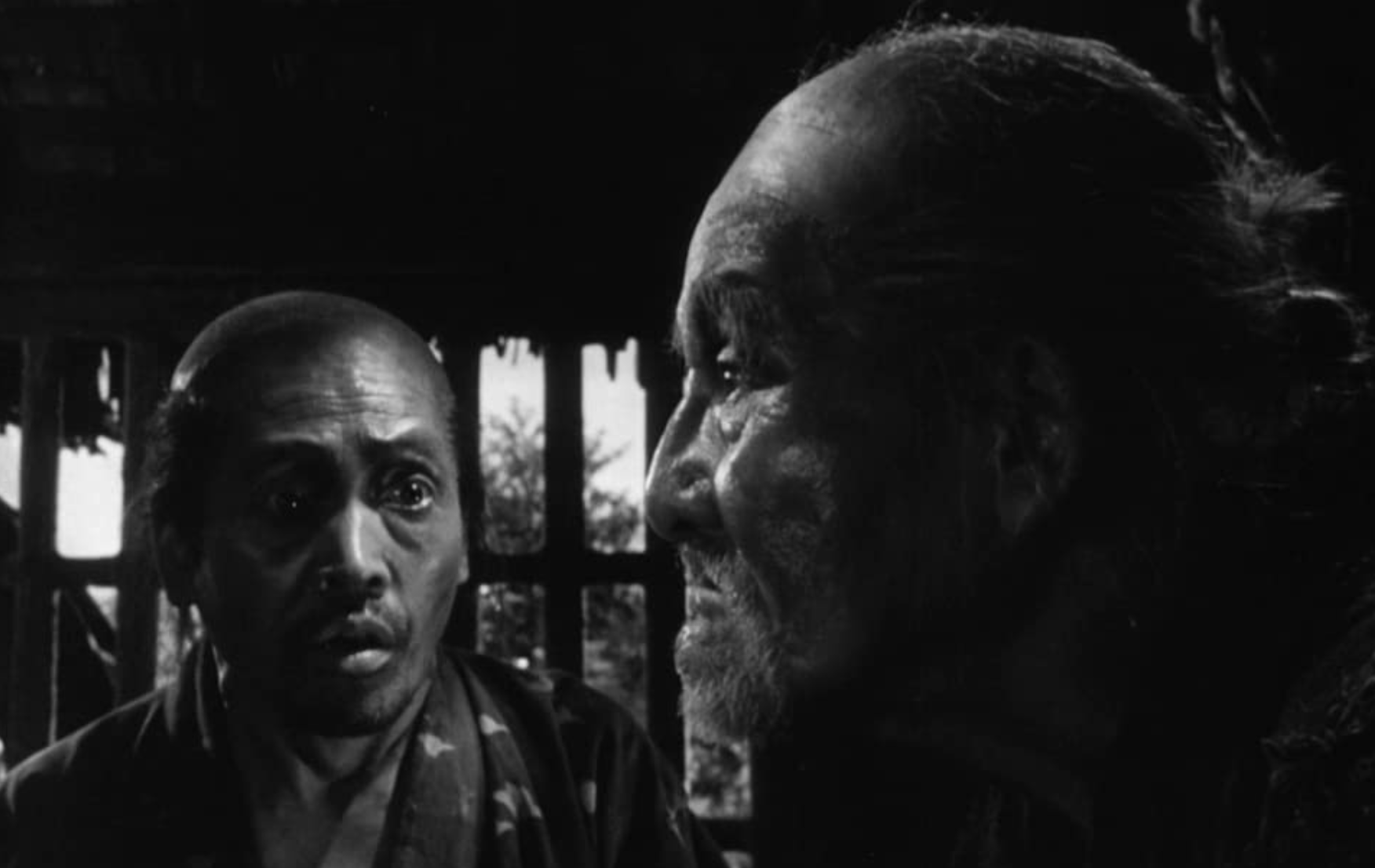
On this group of heroes, the breadth of their characters are beyond the word count of this article, but as a whole the sub-plots and interactions that demonstrate their personalities and motives are of such depth that each individual and the masterful performances (particularly Toshiro Mifune as Kikuchiyo) behind them could spawn films of their own. As it is, the three-and-a-half-hour runtime is filled with such emotion, majesty, and movement that at no point does its length feel like a chore.
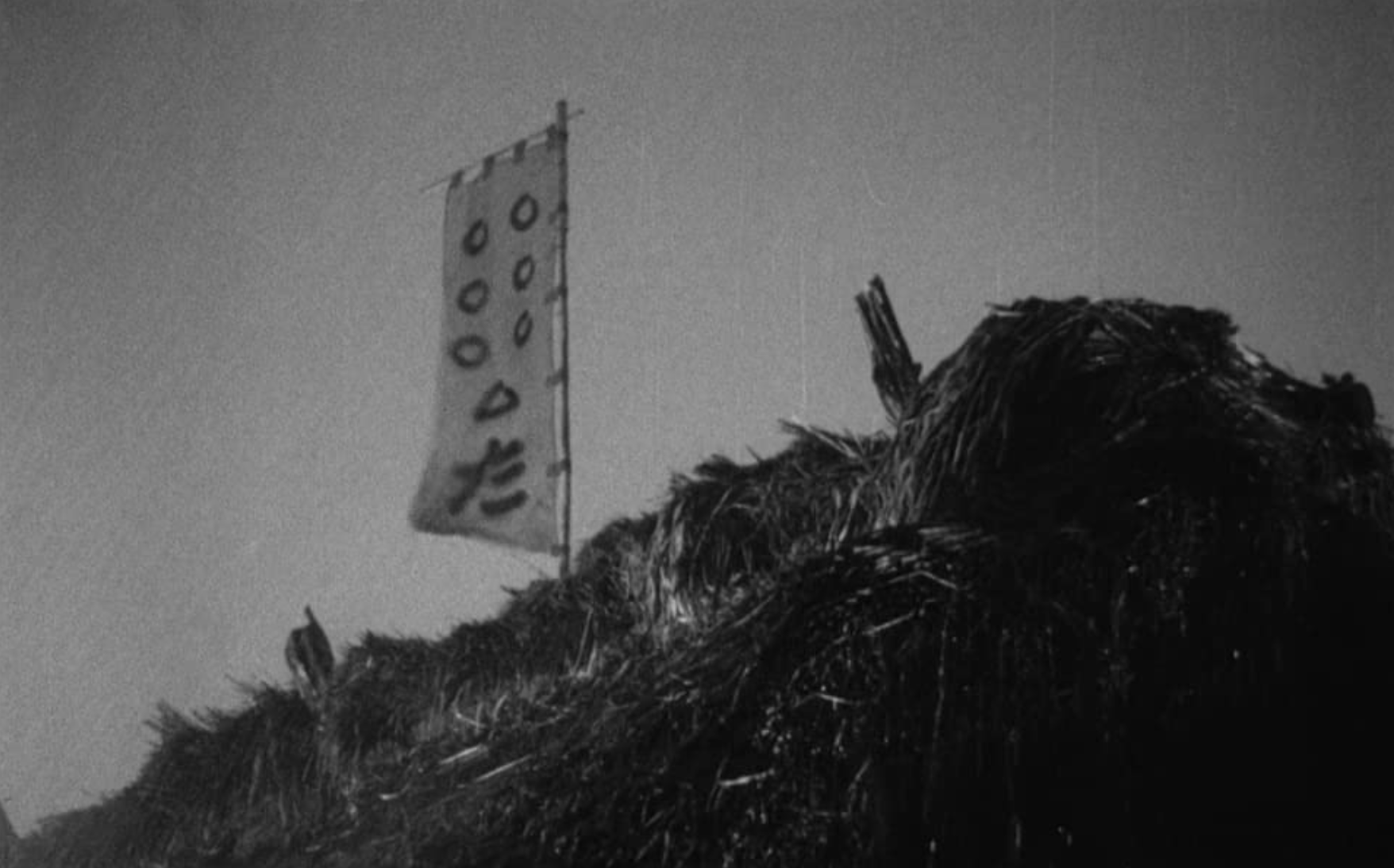
Kurosawa’s own hand in the editing process lends a flow and coherence to the film such that scenes seem to melt together through precise and beautiful movements that are emphasised by the director’s use of light within the black-and-white medium. Seven Samurai is a complete and wondrous cinematic experience, the product of a man whose contributions to film should never be underestimated, nor under-appreciated.
Featured Image: IMDB
Seven Samurai is available now through BFI

